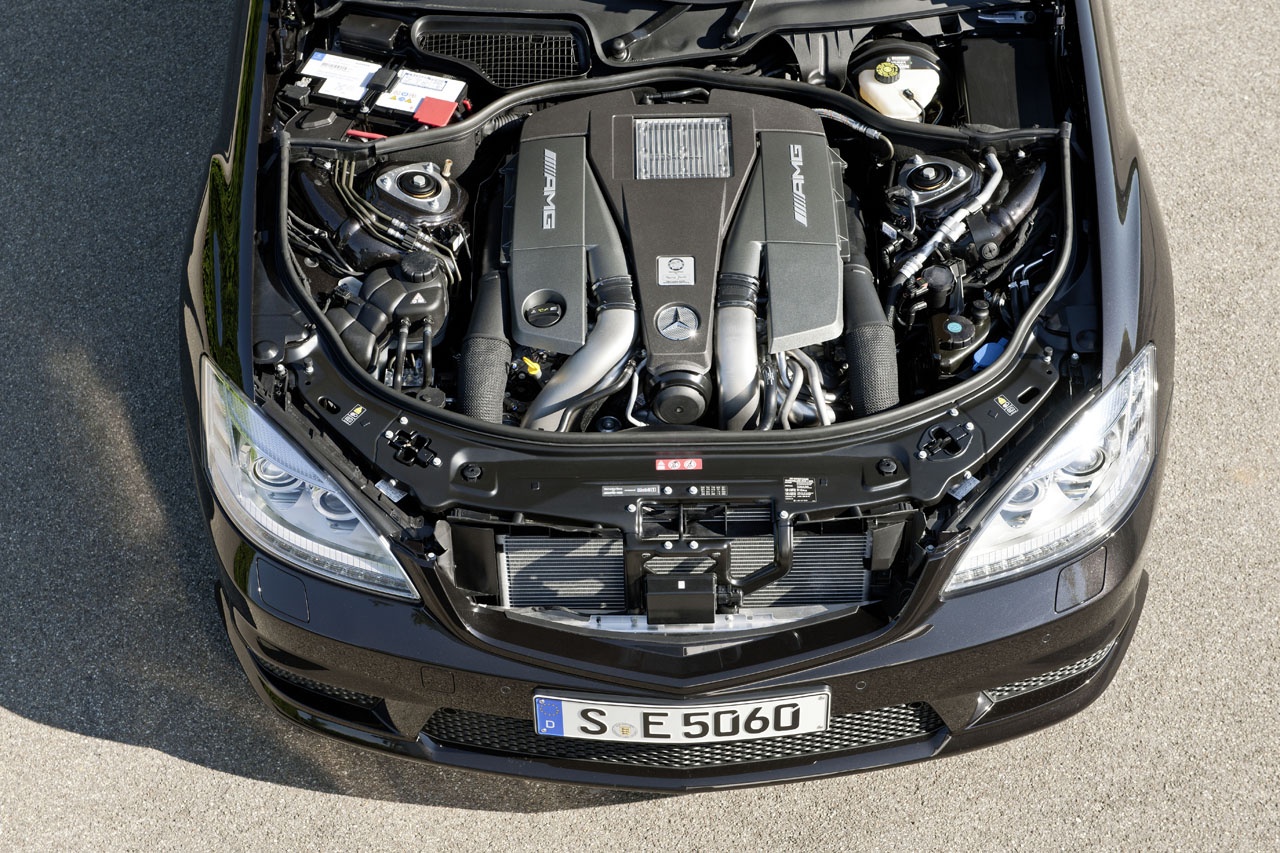The engine is the heart of your vehicle and it needs proper care just as our heart needs us to eat healthy food and exercise to support our whole body. Do you know there are symptoms from which you can detect problems that are bothering your engine? To sum up, there are basically top 5 signs of engine problems-Warning lights, doing the jerk, rude noises, foul smells and smoke signals, and 4 causes. The causes vary from normal mileage wear and tear, poor maintenance to lubrication problems and excessive overheating. Here, I want to take warning lights as an example. Warning lights are connected to sensors which monitor every action of your car and tell you what it is when something goes wrong. Among which, you should probably pay attention to Check Oil/Oil Level Low, Oil Pressure Low and Check Engine Lamps. However, they could be triggered by so many different things, ranging from something minor to something much more serious. The easiest way to find out is to hook your auto up to a diagnostic san tool which builds a communication passage between you and your vehicle’s computers. So maybe you’ll purchase your own san tool to troubleshoot the problem and going to put on your coveralls and crawl under the hood yourself just as the DIYers would do. But before you decide to do this, you should know what kind of problems you can fix and what you can’t. And in each case, accurate diagnosis should be made at the very first. Turn to a dealer or repair shop if the problem is beyond your capabilities because trying to fix such a problem yourself would sometimes end up costing you more than paying professionals to diagnose and repair it for you. For example, if you are not sure what you are doing, or you don’t have the proper tools or know-how, you can screw up a lot of things that can be expensive to fix. Your car always attempts to tell you what the problems lie in the engine by these symptoms. Such as the smoke signals it passes to you, blue tailpipe smoke hints you there is oil escaping from its intended passageways within the engine and is being burned along with fuel, while a white one probably means that water condensation or antifreeze has mixed with the fuel supply. So never neglect or ignore such signs which are the same as our illness symptoms through which doctors diagnose our pathogenesis and prescribe medicine for us. They are important and necessary for the diagnosis.

How to Communicate with your Auto Engine
by
Tags:

Leave a Reply